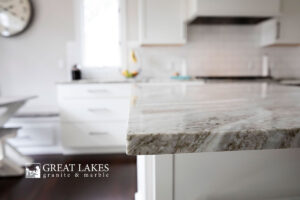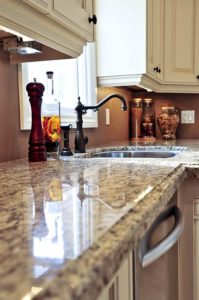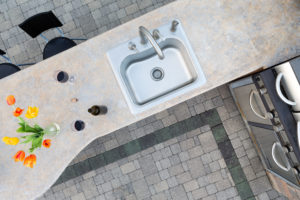Doing Your Research
When it comes to countertops, there are a variety of options when it comes to companies or suppliers:
- Big Box stores that may have samples in store and a relationship with a designated supplier or fabricator.
- Small storefront operations may have a selection in the showroom and a relationship with a designated supplier or fabricator.
- Stone Suppliers and Fabricators where you can work with an experienced project manager, select your slab(s) onsite, stone is fabricated at their facility and installed in your home.
There can be pros and cons in any type of scenario you elect to go with. Start by asking for recommendations from friends or neighbors who have done similar projects. You can inquire with other contractors, builders, or designers for their recommendation. You can head to the internet for research paying attention to reviews and recommendations. Often, buying from a supplier that imports directly from the source and does their own fabrication onsite can save money and headaches. By doing this, you are not paying the middleman’s markup on the material. Additionally, by dealing with the fabricator that is going to complete your job first hand, you minimize the opportunity for misunderstandings or missed expectations. When buying from a big box store, there are often several middlemen between the importers and the fabricators, which drives the end cost to the consumer up.
It is important to hire a well established, experienced, and fully insured fabricator. When you are interviewing potential partners, work to uncover any hidden costs or add-ons that may come up-like “import fees” “sink cut outs” or other mysterious charges.
Many fabricators or stone shops quote prices by the square foot which usually includes labor, delivery, installation, and a simple finish to the edges. Additional items like decorative edges, sinks, faucets, cutouts, plumbing hook-ups, and disposing and removing of old counters may cost extra.Some fabricators include a sink as part of their package, yet in some cases you may be able to save money by purchasing these “included” items elsewhere. Providing the removal of your old countertops demolition and disposal yourself may provide savings as well, and is another question to ask your supplier.
We’ve outlined a variety of money saving tips in this article to help you tackle your project and maximize your budget.


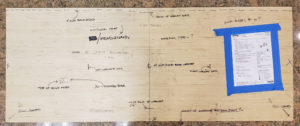
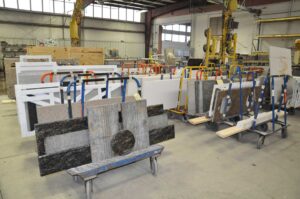
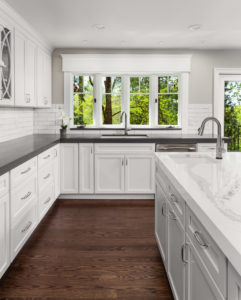
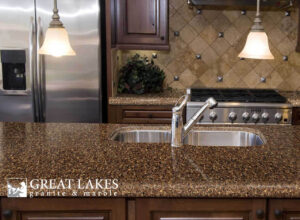
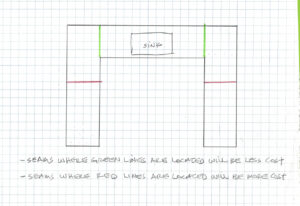
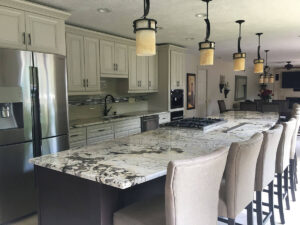
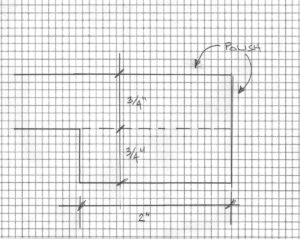 With a 2 cm slab, the edge of course is thinner, so fabricators typically laminate the edge to make it appear thicker. This is usually done by cutting a 2” piece and gluing it one edge on top of the other to create a thicker edge look that measures 1.5” thick.
With a 2 cm slab, the edge of course is thinner, so fabricators typically laminate the edge to make it appear thicker. This is usually done by cutting a 2” piece and gluing it one edge on top of the other to create a thicker edge look that measures 1.5” thick.